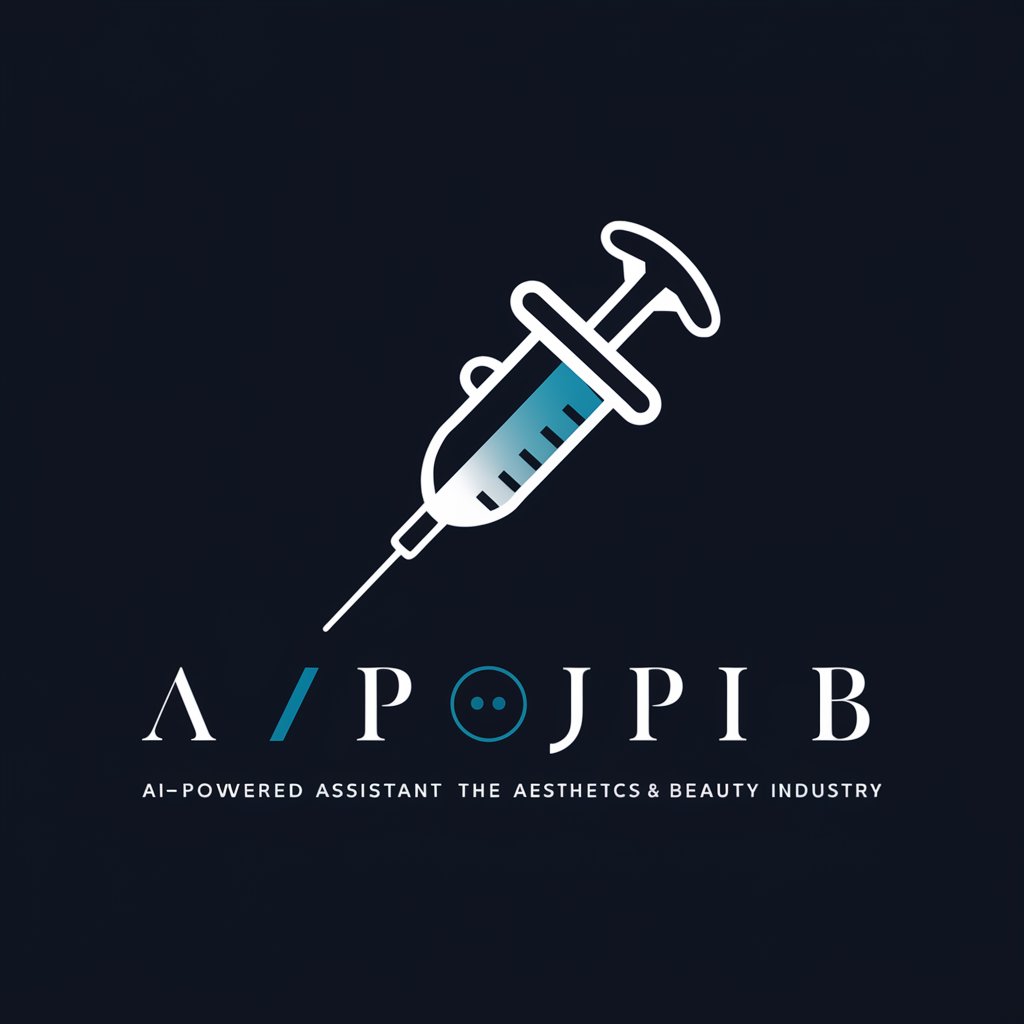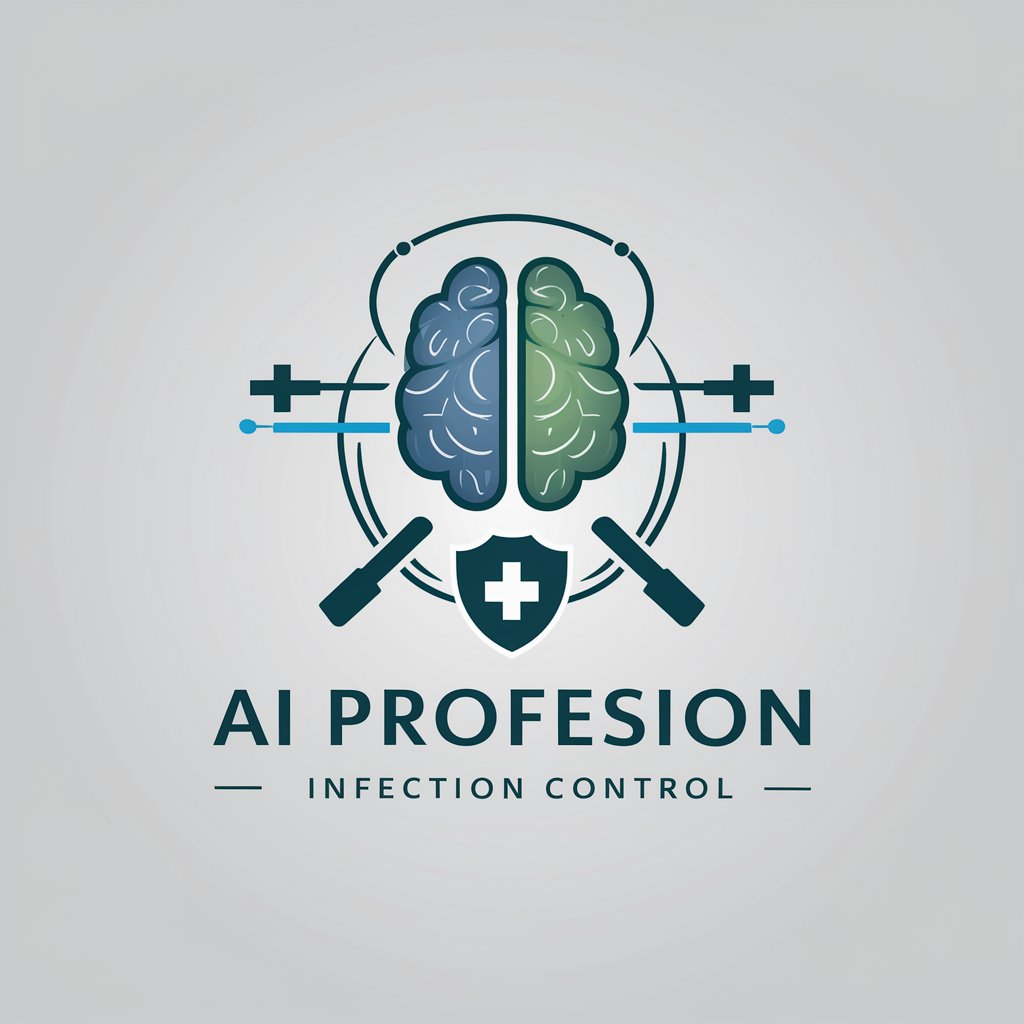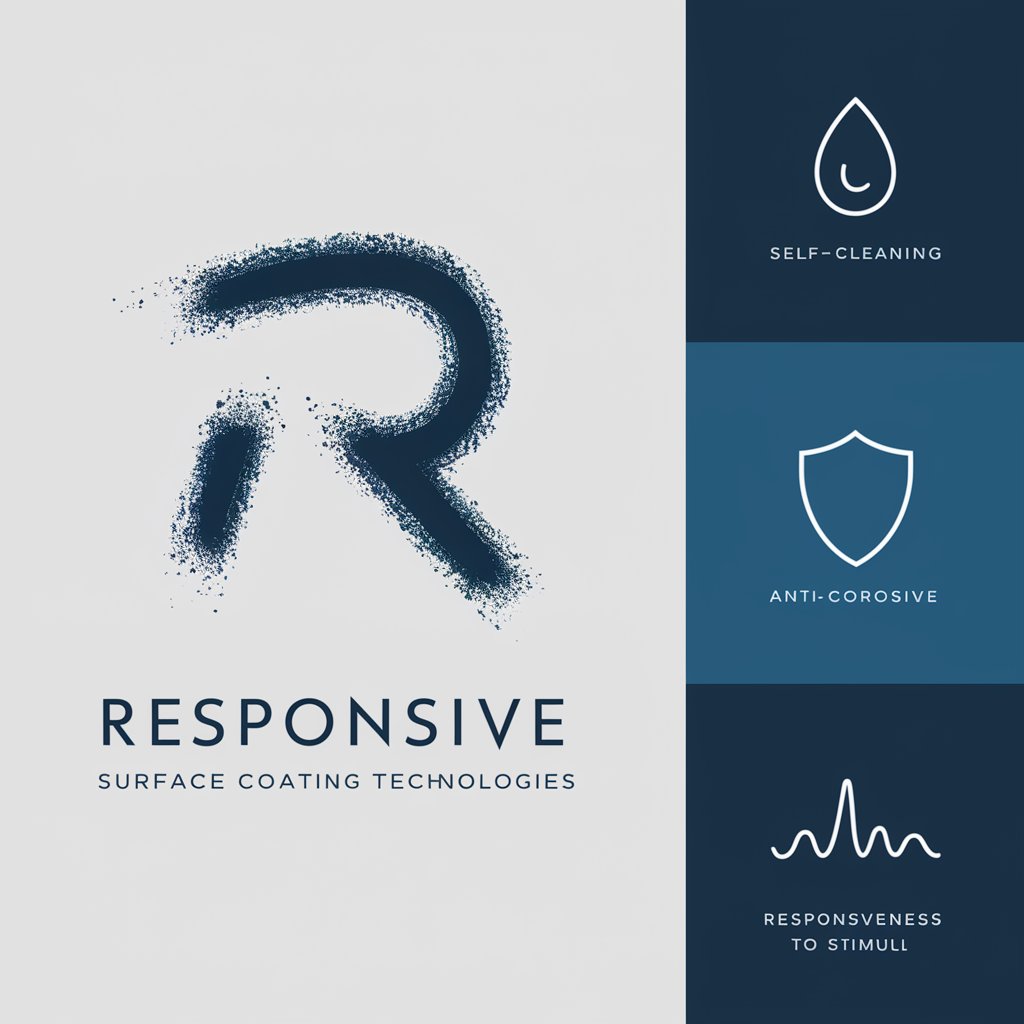
医用抗菌涂料 - Antimicrobial Coating Guide

Hello! How can I assist you with antimicrobial self-cleaning paint?
Enhancing Surfaces with AI-Powered Protection
What is antimicrobial self-cleaning paint?
How does the paint work?
What are the benefits of using this paint?
Can you explain the science behind it?
Get Embed Code
Introduction to Antimicrobial Paint for Medical Use
Antimicrobial paint, specifically designed for hospital and clinic environments, incorporates active ingredients that inhibit the growth of bacteria, mold, and other harmful microorganisms on painted surfaces. This innovative coating technology is engineered to address the critical need for maintaining sterile environments in healthcare settings, where the risk of infection transmission is high. Antimicrobial paint functions by releasing antimicrobial agents over time, which disrupt the microbial cell walls and prevent the organisms from reproducing and spreading. Examples of its application include painting walls, ceilings, and other surfaces in patient rooms, operating theaters, and waiting areas, significantly reducing the bioburden on these surfaces and thereby contributing to a reduction in hospital-acquired infections (HAIs). Powered by ChatGPT-4o。

Main Functions of Antimicrobial Paint
Inhibiting Microbial Growth
Example
In patient rooms, antimicrobial paint prevents the growth of bacteria and mold on walls, contributing to a cleaner environment and reducing the risk of patient exposure to potentially harmful microorganisms.
Scenario
After applying antimicrobial paint in a patient's room, the incidence of surface-related infections decreases, illustrating the paint's effectiveness in creating a safer healthcare setting.
Easy Maintenance and Cleaning
Example
In high-traffic areas like waiting rooms and corridors, the paint's easy-to-clean surface allows for the removal of stains and spills without compromising the antimicrobial properties of the coating.
Scenario
Cleaning staff find it easier to maintain hygiene standards, as the paint withstands frequent cleaning regimens without losing its antimicrobial effectiveness, ensuring a consistently clean environment.
Long-lasting Protection
Example
In operating theaters, the paint provides durable antimicrobial protection, resisting frequent washdowns and harsh cleaning chemicals, ensuring the space remains sterile over time.
Scenario
Despite rigorous cleaning protocols, the antimicrobial efficacy of the paint in an operating theater remains uncompromised, showcasing its durability and sustained protection against microbial contamination.
Ideal Users of Antimicrobial Paint Services
Healthcare Facilities
Hospitals, clinics, and long-term care facilities are prime users of antimicrobial paint, as they constantly seek solutions to reduce the risk of HAIs and maintain high standards of hygiene and patient care.
Educational Institutions
Schools and daycare centers can benefit from antimicrobial paint by applying it in classrooms and play areas to protect children from the spread of infectious diseases, given their susceptibility and the high-contact nature of these environments.
Public and Commercial Buildings
Facilities like gyms, offices, and public transport hubs, where high touch surface areas are common, use antimicrobial paint to minimize microbial transmission and maintain a cleaner, safer environment for the public.

Using Antimicrobial Paint
Start Your Journey
Initiate your experience by visiting yeschat.ai for a complimentary trial, bypassing the need for login and ChatGPT Plus subscription.
Surface Preparation
Ensure the surface to be painted is clean, dry, and free from any contaminants. Remove old paint flakes, and repair any cracks or damages.
Application Method
Select an appropriate application method, such as brush, roller, or sprayer, depending on the surface area and the specific product instructions.
Paint Application
Apply the antimicrobial paint evenly, following the manufacturer's recommended coverage rates. For optimal protection, apply multiple thin coats rather than a single thick coat.
Drying and Curing
Allow sufficient drying time between coats and for the final coat to fully cure, as per the product's guidelines, to ensure maximum antimicrobial efficacy.
Try other advanced and practical GPTs
學習歷程就問我
Tailoring your academic journey with AI

就業規則作成アシスタント
Automate your employment rules creation with AI

就業規則クリエイター
Automate your employment regulations creation with AI

N1 成就者
AI-powered JLPT N1 Mastery

就活ナビ
Navigating your job search with AI

保修系統小助理
Optimizing equipment reliability with AI

期货时序分析 GPT
Empowering futures trading with AI-driven insights.

弱智吧
Engage with AI, discover humor anew

翻译吧
AI-powered English to Chinese translation

替我讲英语吧 Learn English with me
AI-powered English Learning Companion

AI八字算命
Unlock Your Destiny with AI

抄読会対策GPT
Empower your research with AI-driven insights

Antimicrobial Paint FAQs
What is antimicrobial paint?
Antimicrobial paint is a type of coating that contains active ingredients capable of inhibiting the growth of bacteria, mold, and mildew on painted surfaces, providing an added layer of hygiene.
Where can antimicrobial paint be used?
It's ideal for high-traffic and hygiene-sensitive areas such as hospitals, clinics, schools, and food processing facilities, enhancing surface cleanliness and reducing microbial contamination risks.
How does antimicrobial paint work?
The paint contains biocides or antimicrobial agents that disrupt the growth and reproduction of microorganisms on the surface, ensuring long-lasting protection against a wide range of pathogens.
Is antimicrobial paint safe?
Yes, when used as directed, antimicrobial paint is safe. It's formulated to be non-toxic to humans while effectively targeting and neutralizing harmful microbes.
How long does antimicrobial paint last?
The longevity of antimicrobial efficacy varies by product but generally lasts for the lifetime of the paint film, offering durable microbial protection without the need for frequent reapplication.




